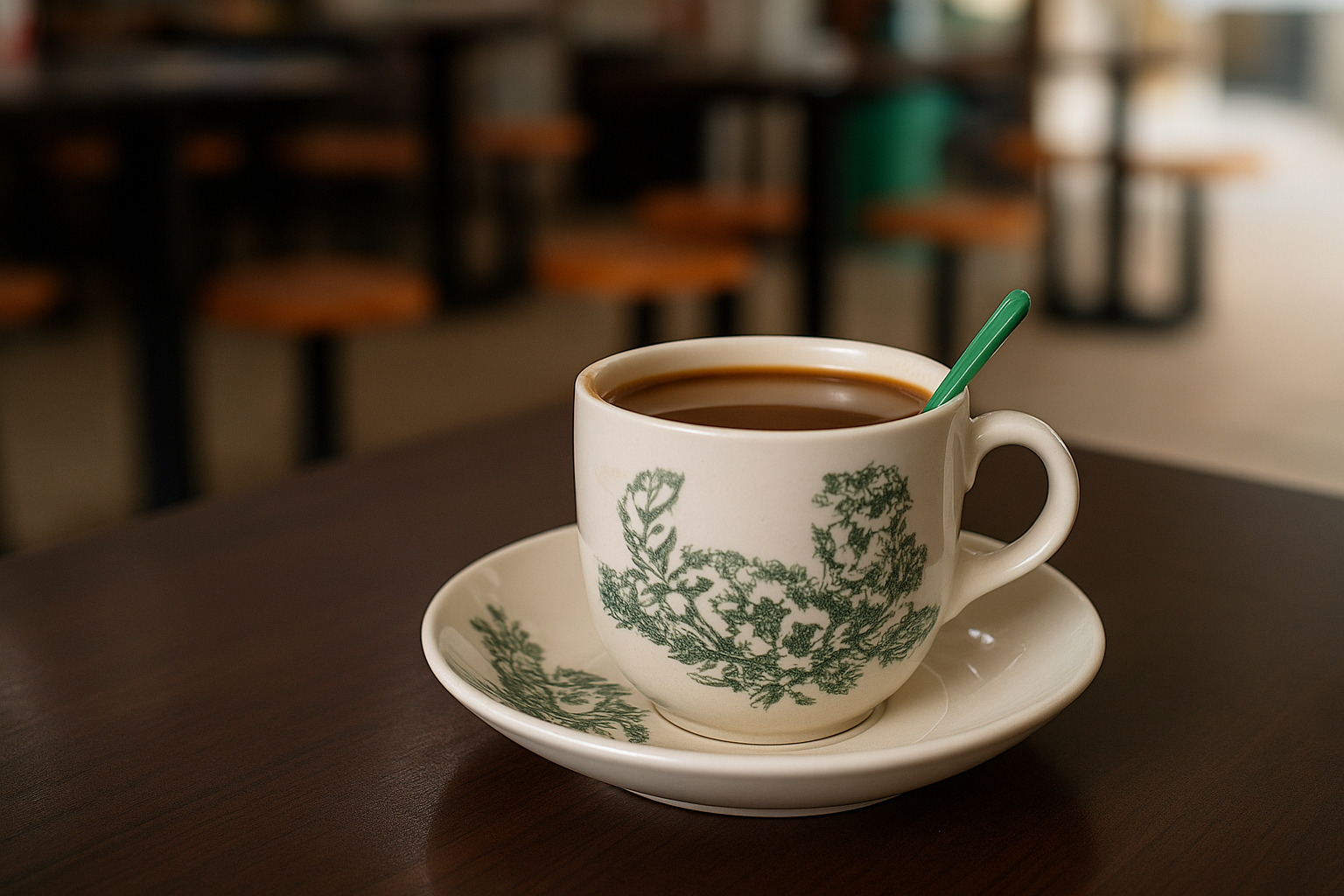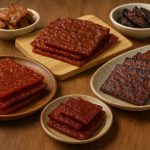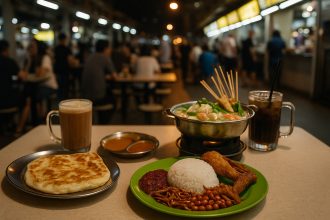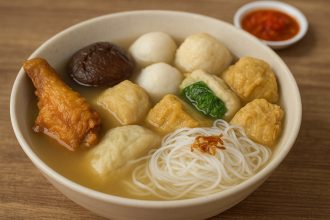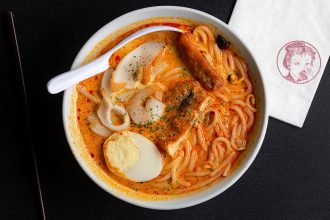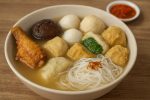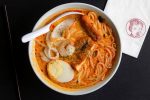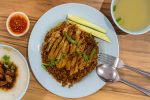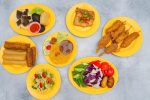Ordering coffee in Singapore isn’t just a quick morning fix—it’s a local language, a social code, and a caffeine ritual rolled into one. Ask for a “kopi” at a hawker center or kopitiam, and you enter a system shaped by decades of Hokkien, Malay, and English influences. If you’re wondering why the man next to you just shouted “Kopi C Kosong Peng” without blinking, this guide will decode every part of that phrase.
Understanding the Base: What Is “Kopi”?
“Kopi” refers to traditional Singaporean coffee made from Robusta beans. These beans are wok-roasted with sugar and margarine, giving the coffee its caramelized, almost burnt aroma. The beans are ground and brewed in a cloth sock filter, which adds body and depth.
The default cup of “kopi” comes with sweetened condensed milk. If that’s too sweet, too strong, or too hot, modifiers exist to reshape it to your preference.
The Modifiers That Matter
Every kopi variation begins with one goal: balance taste. Here’s what changes the game.
Milk & Sugar Modifiers
- Kopi O – No milk, just sugar.
- Kopi O Kosong – Pure black, no sugar, no milk.
- Kopi C – Evaporated milk replaces condensed milk, with sugar.
- Kopi C Kosong – Evaporated milk, no sugar.
- Kopi Siew Dai – Less sweet.
- Kopi Gah Dai – Sweeter than usual.
Strength Modifiers
- Kopi Gau – Stronger, thicker brew.
- Kopi Po – Lighter, more diluted.
- Kopi Di Lo – Ultra-thick, undiluted black coffee.
Temperature & Texture Modifiers
- Kopi Peng – Served over ice.
- Kopi Tarik – “Pulled” between cups, creating a smooth froth.
Each modifier builds on the base, and multiple modifiers can be stacked. For example, “Kopi C Siew Dai Peng” gives you iced coffee with evaporated milk and less sugar.
Your Local Ordering Cheat Sheet
Here’s a breakdown of common kopi styles you’ll encounter—and probably want to try.
1. Kopi
Standard coffee with condensed milk. Rich, sweet, and creamy.
2. Kopi O
Black coffee with sugar. Less creamy, more punch.
3. Kopi O Kosong
Plain black. Zero sugar, zero milk.
4. Kopi C
Evaporated milk instead of condensed. Lighter, less sweet, and a touch nutty.
5. Kopi C Kosong
Evaporated milk, no sugar. Mild and smooth, for those who like it clean.
6. Kopi Siew Dai
Less condensed milk = less sugar. A balanced middle ground.
7. Kopi Gah Dai
Extra condensed milk. Sticky-sweet and indulgent.
8. Kopi Gau
Bold and intense. For those who want caffeine to punch through their soul.
9. Kopi Po
More water, less kick. Smooth and mellow.
10. Kopi Peng
Iced coffee with condensed milk. Refreshing and still sweet.
11. Kopi Gu You
A slab of butter in your kopi. Yes, really. Buttery, oily, and nostalgic for many uncles.
12. Yuan Yang (Kopi Cham)
Coffee-tea fusion. For those who want both and won’t settle.
How to Place an Order Like a Local
No need for full sentences. Just walk up and say the combination you want. The uncle or auntie behind the counter doesn’t need your life story—just the code.
Examples:
- “Kopi C Siew Dai Peng” – Iced, less-sweet coffee with evaporated milk.
- “Kopi O Kosong Gau” – Extra strong black coffee, no sugar.
- “Kopi Gah Dai Tarik” – Sweeter coffee, frothy and creamy.
Keep your tone casual and firm. Add a nod if needed.
The Language Behind the Labels
- O comes from Hokkien, meaning “black.”
- C is shorthand for “Carnation,” the brand of evaporated milk.
- Kosong is Malay for “zero,” used for no sugar.
- Siew Dai (少甜) means “less sweet” in Hokkien.
- Gah Dai (加甜) translates as “more sweet.”
- Gau (厚) means “thick.”
- Po (薄) means “thin.”
- Peng (冰) means “ice.”
- Di Lo (直落) means “straight”—no dilution.
- Tarik (pull) comes from the Malay way of making frothy tea.
It’s a compact dialect understood island-wide. Learn it and you’ll earn a silent nod of respect.
Bonus Round: Tea Uses the Same Rules
This system doesn’t end at kopi. Apply the same structure to “teh” for milk tea variations. Want less sugar in your tea? “Teh Siew Dai.” Iced milk tea? “Teh Peng.” Milkless and sugarless? “Teh O Kosong.”
Why It All Works
Singaporean kopi isn’t about chasing trends or latte art. It’s function over flair, precision over pretense. Every modifier fine-tunes your experience. Whether you want it bitter, sweet, light, dark, hot, or cold, this system meets you there.
If you’re new, start simple:
Try “Kopi C Siew Dai.”
Adjust from there.
No menus. No waiting for the barista to call your name. Just walk up and speak kopi.
